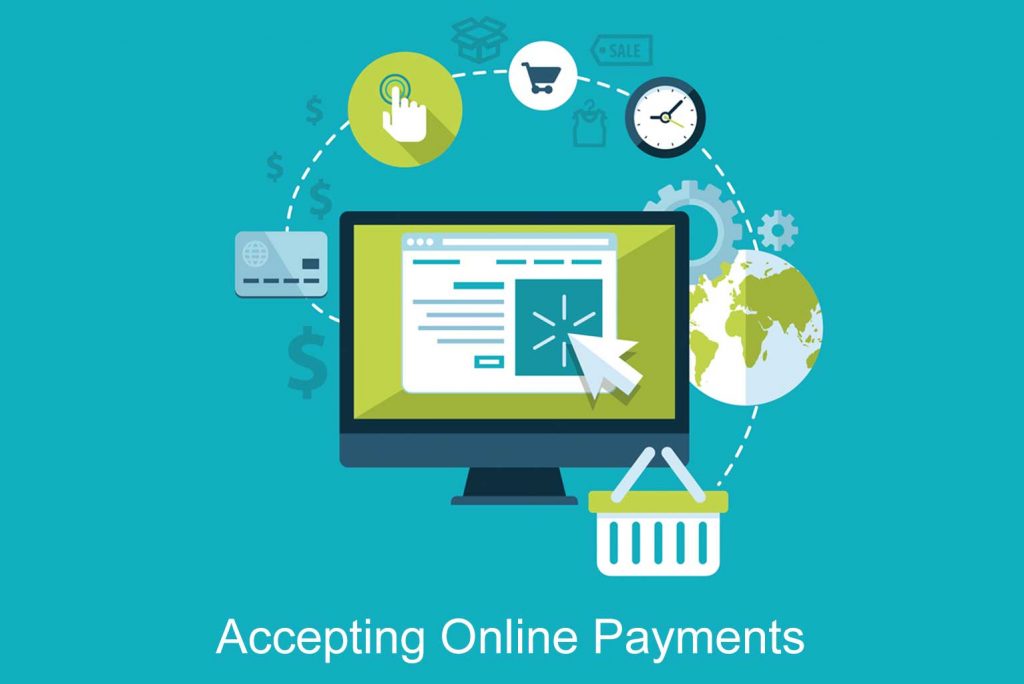During the long-gone days of graduate studies, one of my more humorous professors would walk into the lecture hall with his Earl Grey tea and boldly proclaim that his course was the most important course of the program. He said there were only 3 things we had to remember with regards to best practices in internet technologies: Security, security and security. His delivery of the subject matter was always entertaining, but time has shown that the consequences of not adhering to security was undoubtedly no laughing matter. Today we feature one component of website security – SSL (Secure Socket Layer). What is it, and why do we need it on our websites? Get yourself a cup of Earl Grey (or more preferably, bush tea) and peruse my thoughts.
SSL (Secure Sockets Layer) is a security protocol that encrypts the connection between a user’s web browser and a website’s server. It is now known as TLS (Transport Layer Security). It is required for websites today because it helps to protect sensitive information, such as personal details and financial information, that is transmitted between the user’s browser and the website’s server.
When a user visits a website that has SSL installed, their browser establishes a secure, encrypted connection with the website’s server. This ensures that any information that is exchanged between the user’s browser and the website’s server is protected from third-party interception and cannot be read or modified by unauthorized individuals.
Additionally, SSL helps to establish trust between the user and the website. Browsers will show a padlock icon and the “https” protocol in the URL, indicating that the website is secure and that any personal or sensitive information entered on the site will be protected.
Furthermore, in recent years, Google and other major search engines have started to prioritize websites that have SSL certificates installed over those that don’t, as it is one of the signals of a website’s security. This sets a precedent for web developers to ensure that all website projects incorporate the use of SSL/TLS.
In short, SSL is required for websites today to protect sensitive information exchanged between the user’s browser and the website’s server, and to establish trust between the user and the website. It also helps websites to improve SEO and showcases a signal of a website’s security. These efforts offer much needed protection for both the website owner and the client whom they desire to serve in a safe and secure environment. Stay safe everyone.





